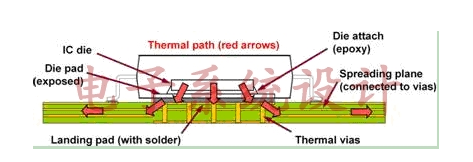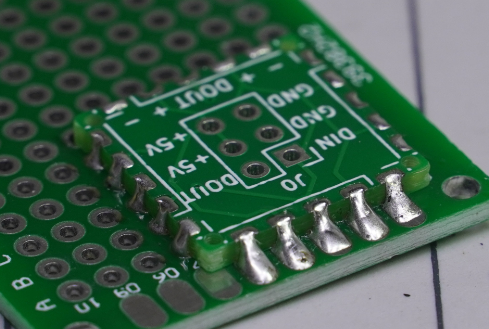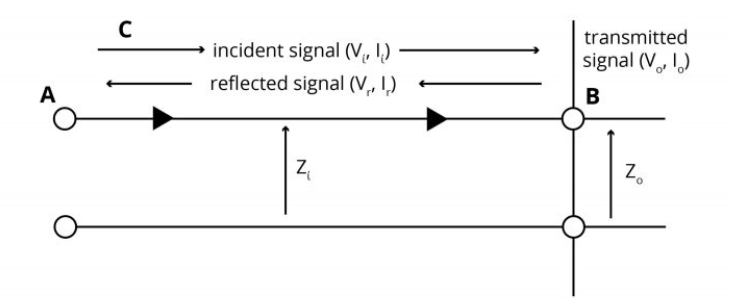Digital ground and analog ground of stacking
1.Digital ground and analog ground
Let me quote Zhou Wei’s article again: All electrical equipment with voltage level as working characteristic needs a reference, that is to say, the voltage level is relative to this reference, and this reference is 0v in most cases. In the end, everyone agreed to call this 0v reference “ground”.
Off topic: Friends who have read my previous articles know that I like to listen to logical thinking occasionally. Luo Pangzi’s article on July 9 is called “The Science of Time Allocation: You can make money while sleeping”. It is mentioned that writing articles is a high-leverage job. After discussing a problem thoroughly, the mine is yours. When others encounter similar topics, they can’t avoid your articles. I don’t know when Mr. Gao’s articles will reach this level, so that when people mention topics such as crosstalk, termination, and impedance, our articles will come to mind first. Work hard in this direction. At least now when I think about writing an article related to “ground”, I will think of quoting this article by Zhou Wei and the classic answer interaction by Jiangnan Brother:

“For the Yangtze River, it flows back to the East China Sea; for the Xiangjiang River, it flows back to the Yangtze River; for the Liuyang River, it bends through several bays to the Xiangjiang River. The earth is like the ocean, the signal is like precipitation, and the river is like the signal return flow. The signal always looks for the conductor with the lowest impedance to return. Although the sea level is the destination and accurate, the river water in Xiangtan, which is 100 meters above sea level and a small local area, flows to the sea. The huge drop stirs up thousands of waves. Distant relatives are not as good as close neighbors. For signals, the neighbor with the lowest impedance is the best return path.”
Therefore, whether it is digital ground or analog ground, they all return to the sea level. The reason why digital ground and analog ground are distinguished is just because we hope that the analog ground is more “clean” and not disturbed by the “noise” of digital ground.

2.Several “land” division methods for digital-analog hybrid design
Let’s not talk about “land” first, let’s tell a story first:
Long long ago, far far away, there was a small island, there was a strait between the island and the mainland, and everyone looked at each other across the sea. The people on the island lived an isolated life, everything was self-sufficient. The mainland was full of lights, wine, women, and music, but these did not affect the islanders because there was a strait in the middle.
On the island, only vegetables and livestock can be grown, but the handicraft industry is not developed. The islanders hope to buy more daily necessities from the mainland, and the mainland also hopes to purchase original fruits and vegetables and fresh milk from the island. Demand generates motivation. Everyone built a bridge from the mainland to connect the island. There were checkpoints on the bridge. “Passes” had to be checked for entry and exit, and transactions were taxed. Even a “milk limit order” was issued, stipulating that only two bottles of milk could be brought from the island at a time, and more would be punished. So ox carts, horse carts, and cars passed by the bridge. When exchanging various items, the islanders also came into contact with the more noisy lifestyle of the mainland and yearned for it. At this time, if someone does not walk on the bridge, but jumps into the sea and swims across, or builds a small boat to transport goods, this is called “smuggling” or “smuggling”, and will be severely punished if caught.
As the business between the island and the mainland becomes more and more busy, more cars need to go in and out, and one bridge is no longer busy, so more bridges need to be built, or even directly fill the sea to connect the island and the mainland. Everyone can enter and exit freely, but they cannot settle without permission.
The following introduces the partitioning and segmentation of analog and digital power ground in actual design, as well as grounding techniques.
As shown in Figure 10-25, there are several common ways to segment the ground area in digital-analog hybrid design:
- Strictly segment the digital and analog power ground area, but the actual wiring does not distinguish the area, resulting in serious cross-segmentation. This is a design method that needs to be strictly avoided, which will cause serious signal quality and EMC problems.
- Divide the digital-analog power ground area while maintaining a certain point connection (single-point connection, that is, bridge, the width depends on the number of networks that need to pass through the divided area). If there are too many networks and the bridge deck that needs to be bridged is too wide, the meaning of division will be lost. At the same time, if there are too many and irregular wiring between digital and analog, and several connection points (bridge decks) need to be built, this design is also meaningless.
- This is a derivative of the method of dividing and bridging at the same time. Due to the existence of A/D devices, the A/D devices are directly used as bridges, and the digital-analog signals are bridged on the A/D.
- Similarly, when more than one A/D device exists, it is equivalent to the bridge deck being too wide. At this time, the meaning of division is not great, but the digital-analog circuit still needs to be strictly divided. This approach is also applicable to other digital-analog mixed design situations without A/D devices. If a large number of signals need to pass through the digital-analog area, then during the layout, the digital-analog area is strictly distinguished, but in the design, the digital-analog power ground is not divided, which is the design method of mixed grounding introduced above.







